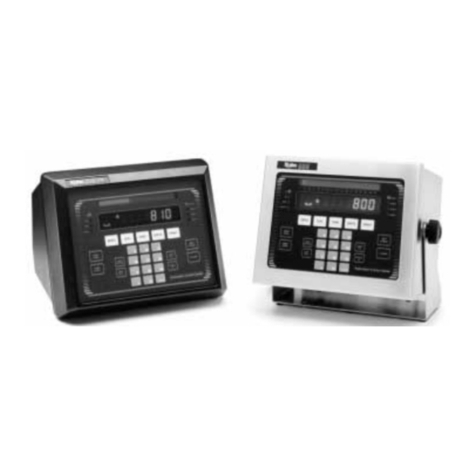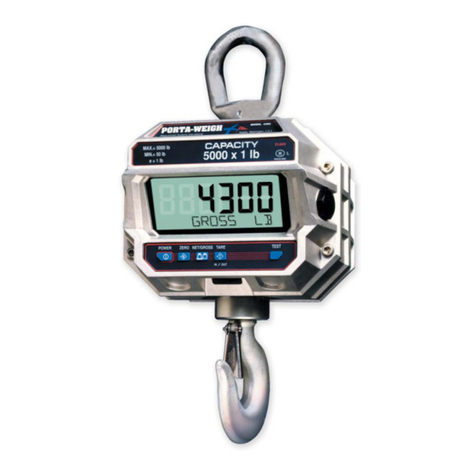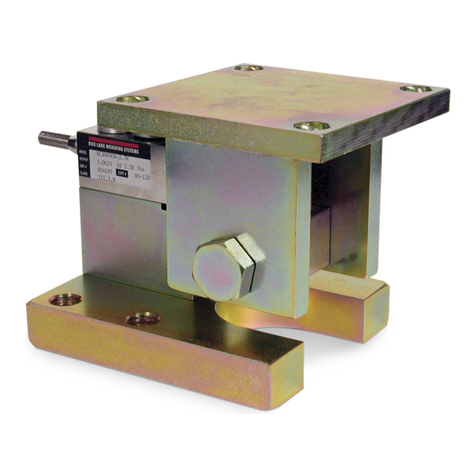Rice Lake CLS420 User manual
Other Rice Lake Accessories manuals
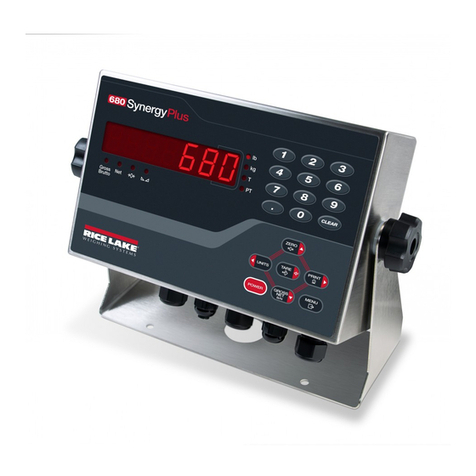
Rice Lake
Rice Lake Revolution 680 Synergy Plus User manual
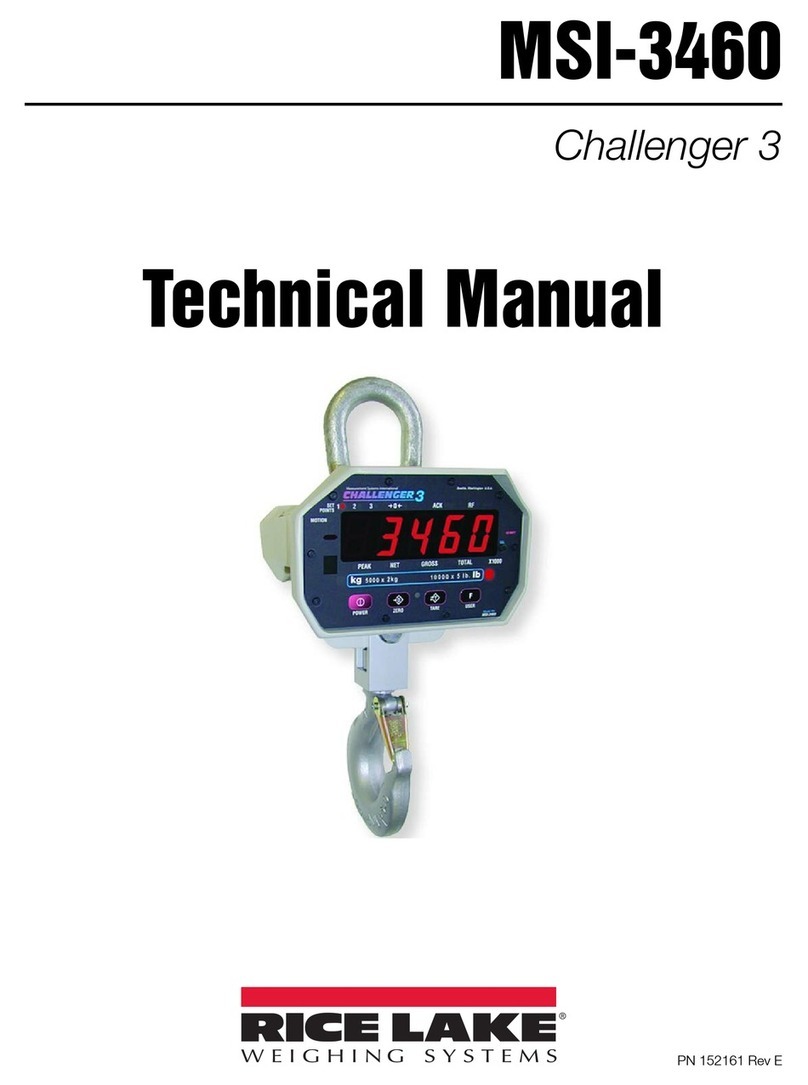
Rice Lake
Rice Lake MSI-3460 Challenger 3 User manual
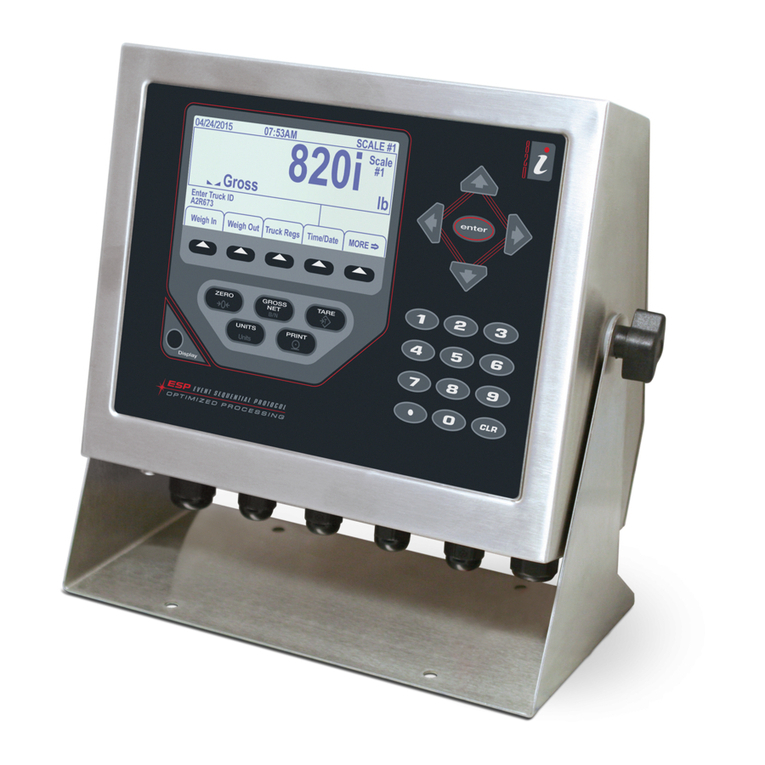
Rice Lake
Rice Lake iRite 920i User manual
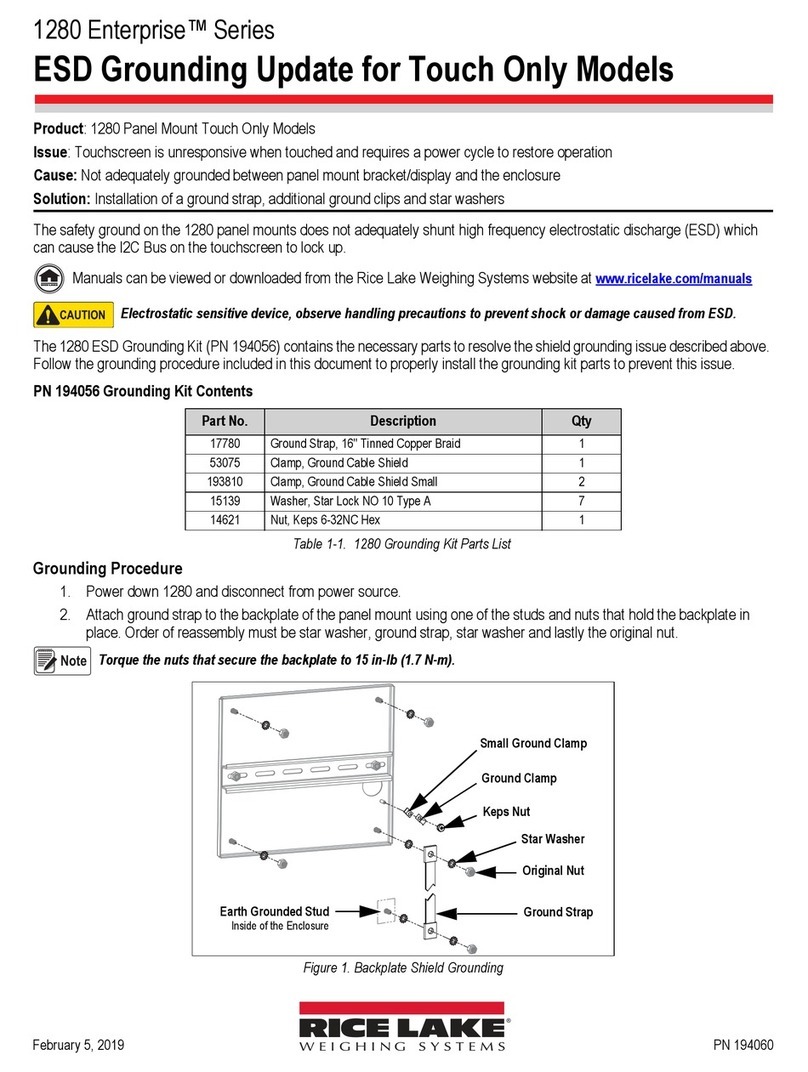
Rice Lake
Rice Lake 1280 Enterprise Series Technical manual
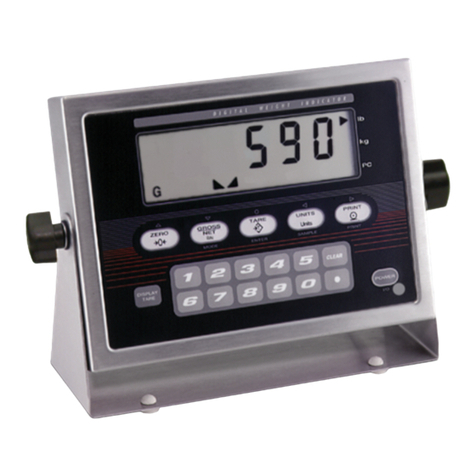
Rice Lake
Rice Lake IQ plus 590-DC Parts list manual
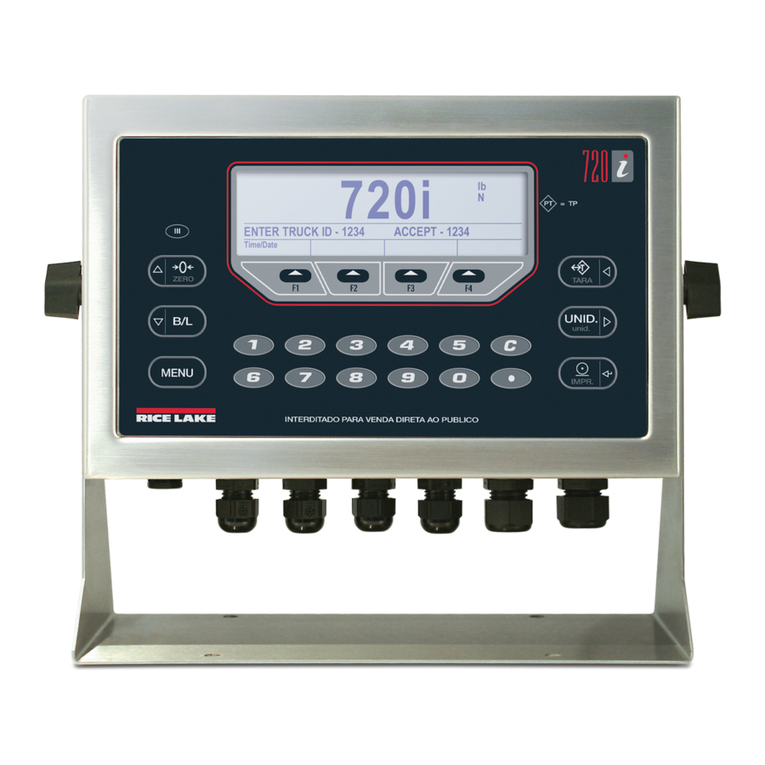
Rice Lake
Rice Lake 720i User manual

Rice Lake
Rice Lake 1280 Enterprise Series User manual

Rice Lake
Rice Lake IQ plus 390-DC Parts list manual
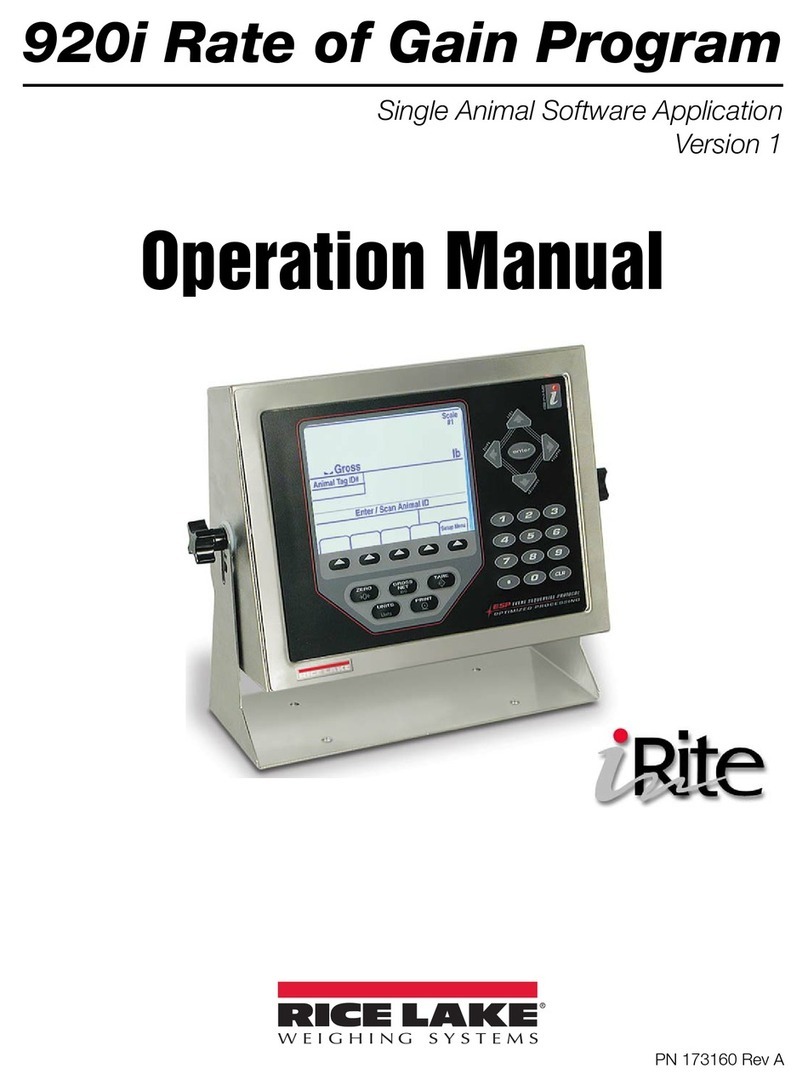
Rice Lake
Rice Lake iRite 920i User manual
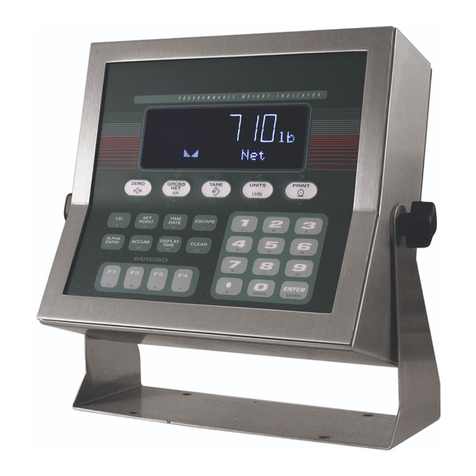
Rice Lake
Rice Lake IQ plus 710 User manual
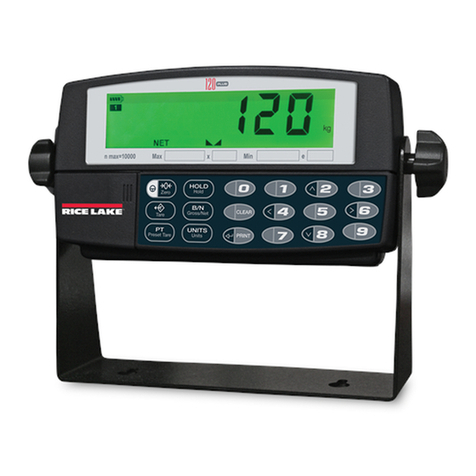
Rice Lake
Rice Lake 120 Plus User manual
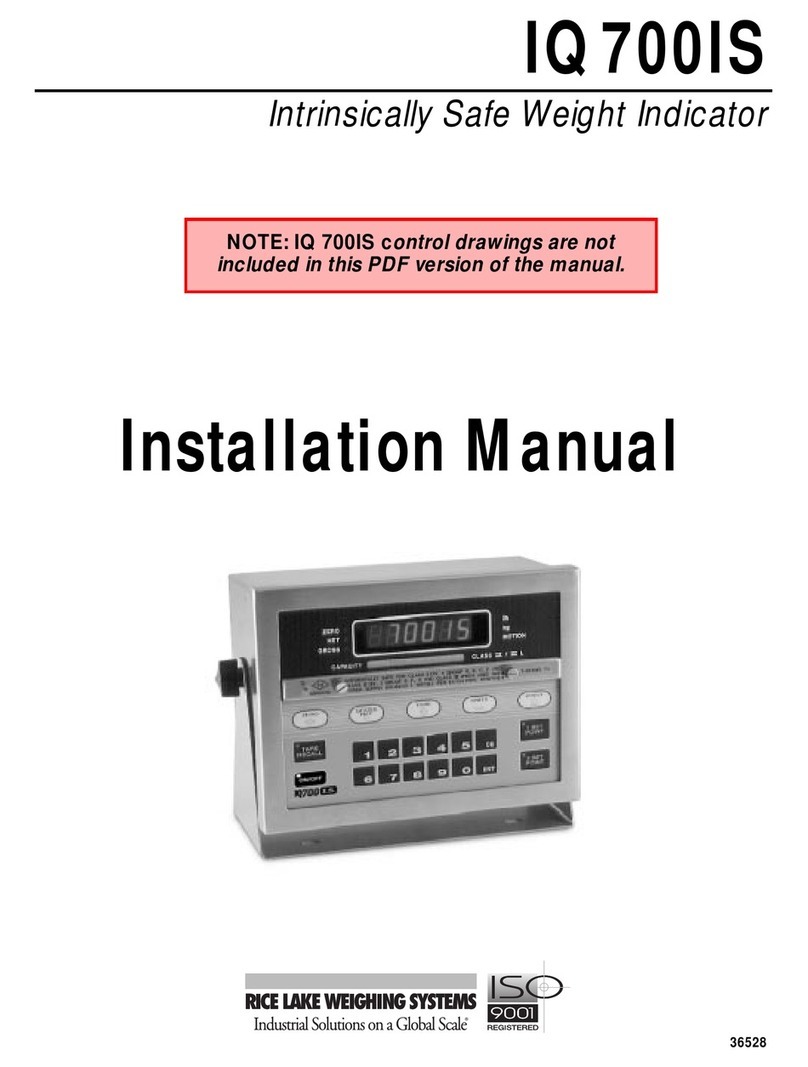
Rice Lake
Rice Lake IQ 700IS User manual
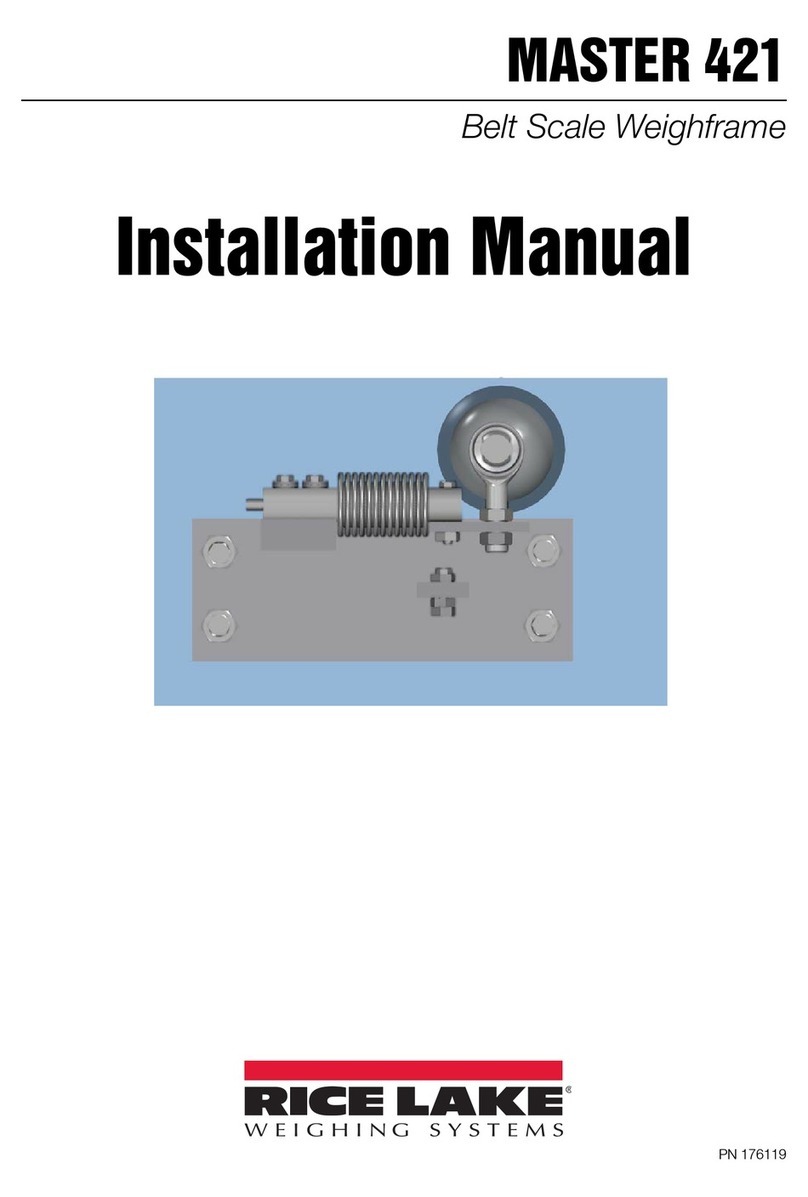
Rice Lake
Rice Lake MASTER 421 User manual
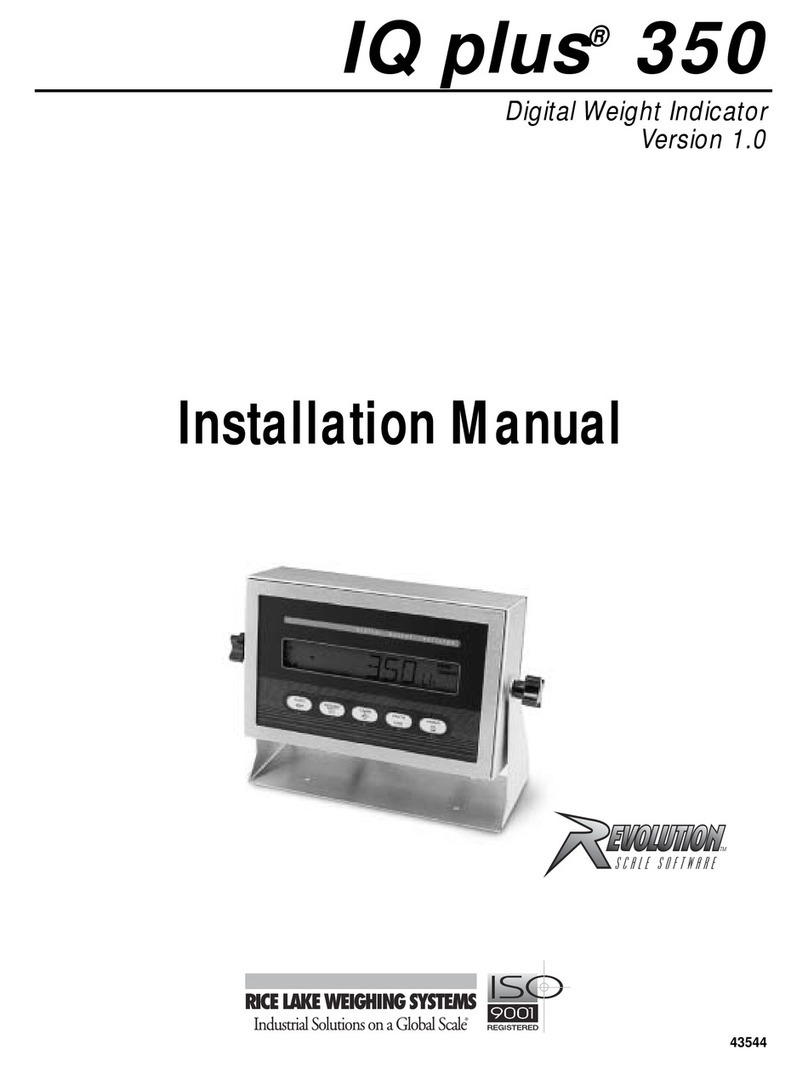
Rice Lake
Rice Lake IQ plus 350 User manual
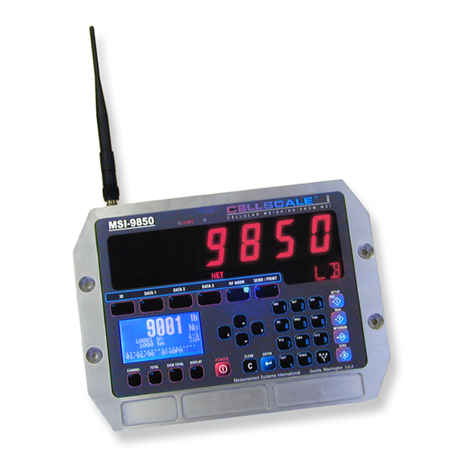
Rice Lake
Rice Lake CellScale MSI-9850 User manual
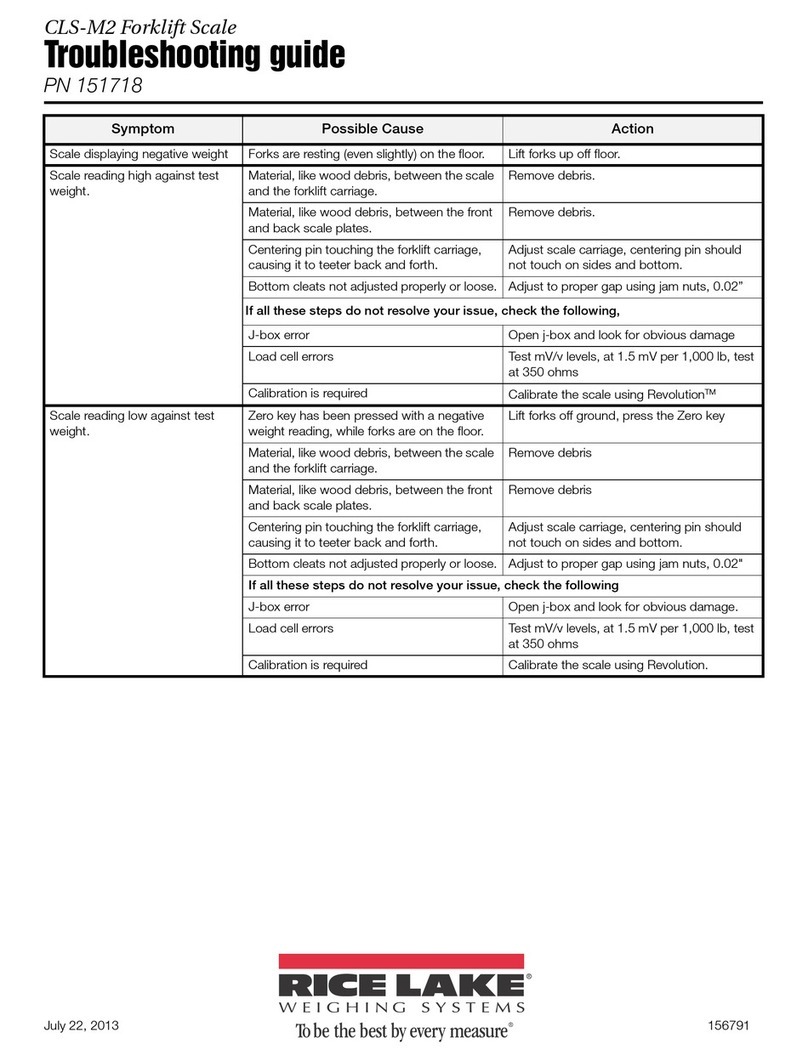
Rice Lake
Rice Lake CLS-M2 User manual

Rice Lake
Rice Lake 1280 Enterprise Series User manual

Rice Lake
Rice Lake REVOLUTION 682 Synergy Plus User manual
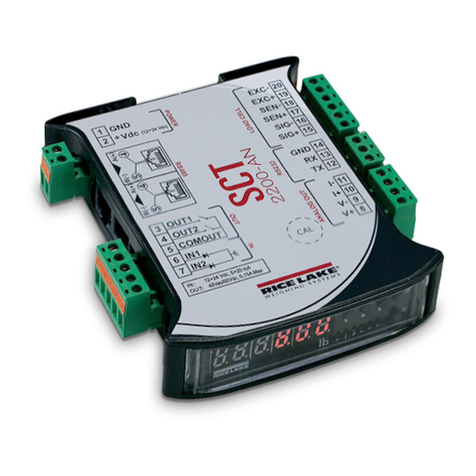
Rice Lake
Rice Lake SCT-2200 User manual
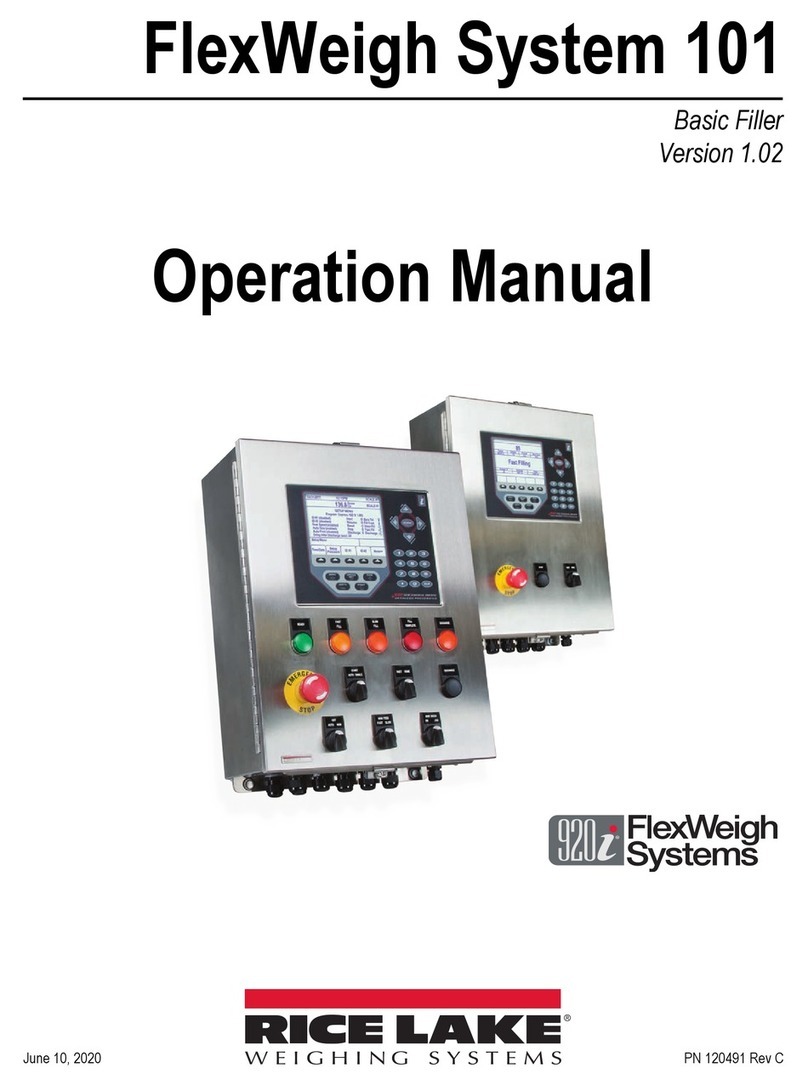
Rice Lake
Rice Lake FlexWeigh System 101 User manual
